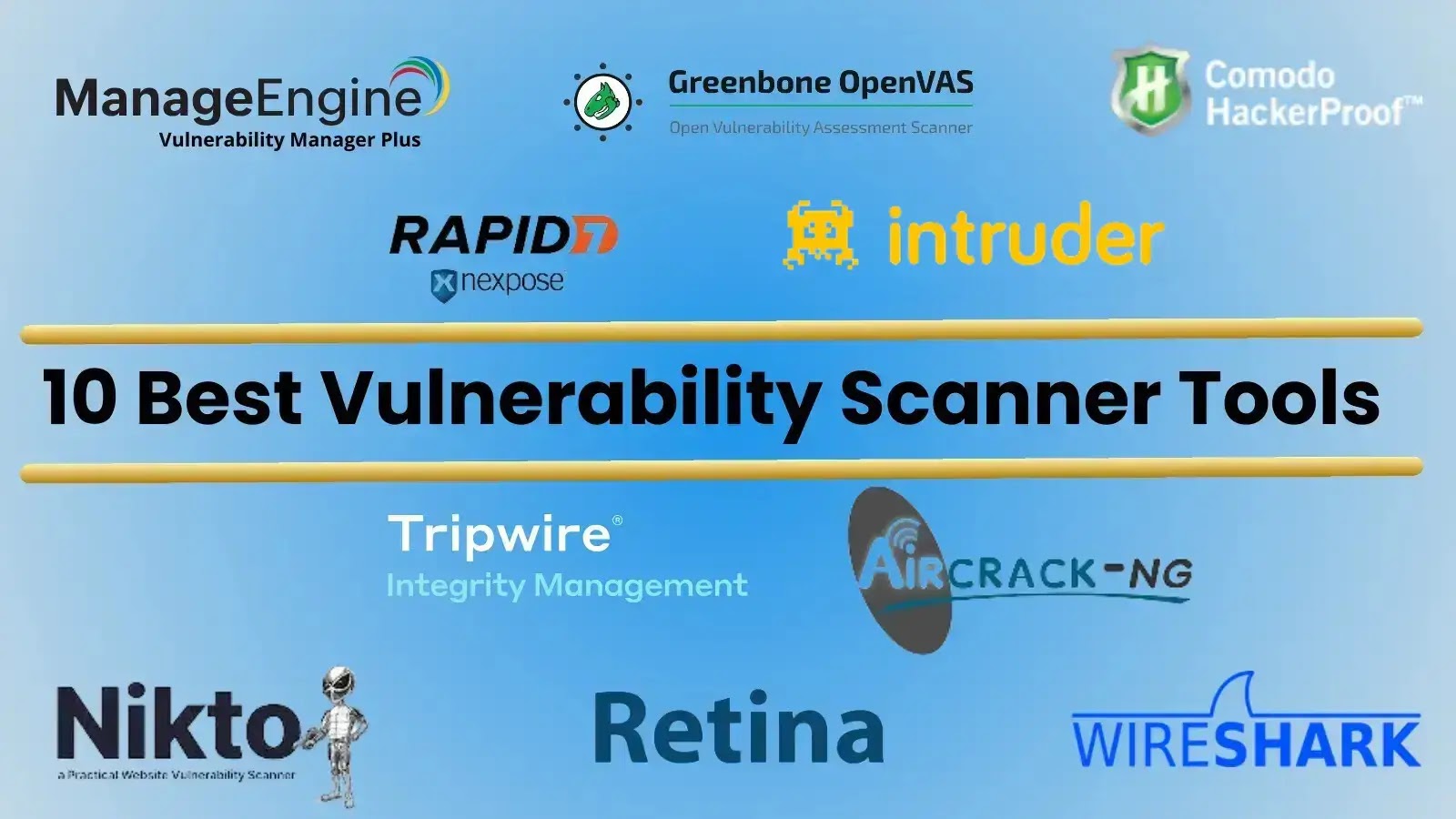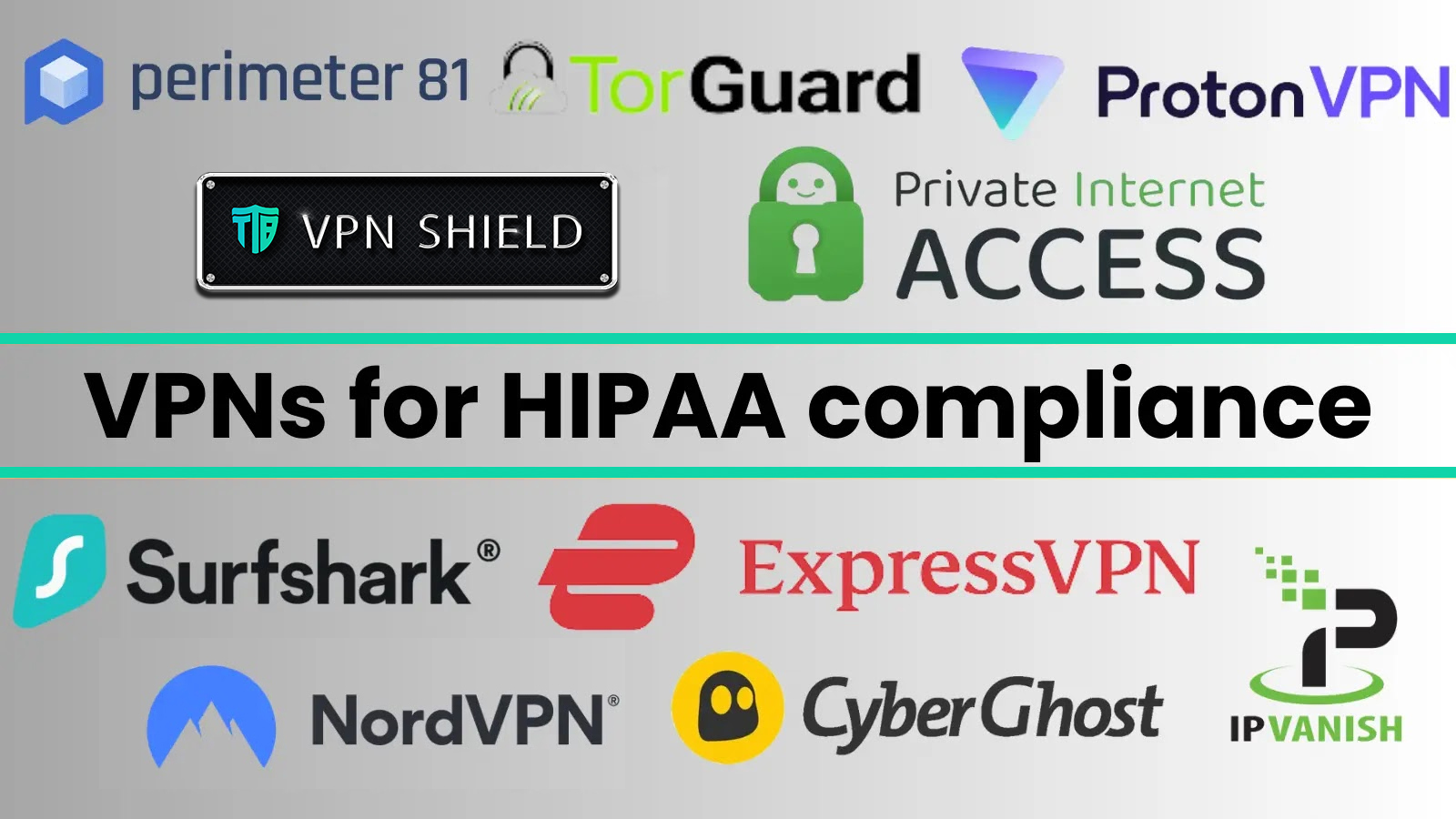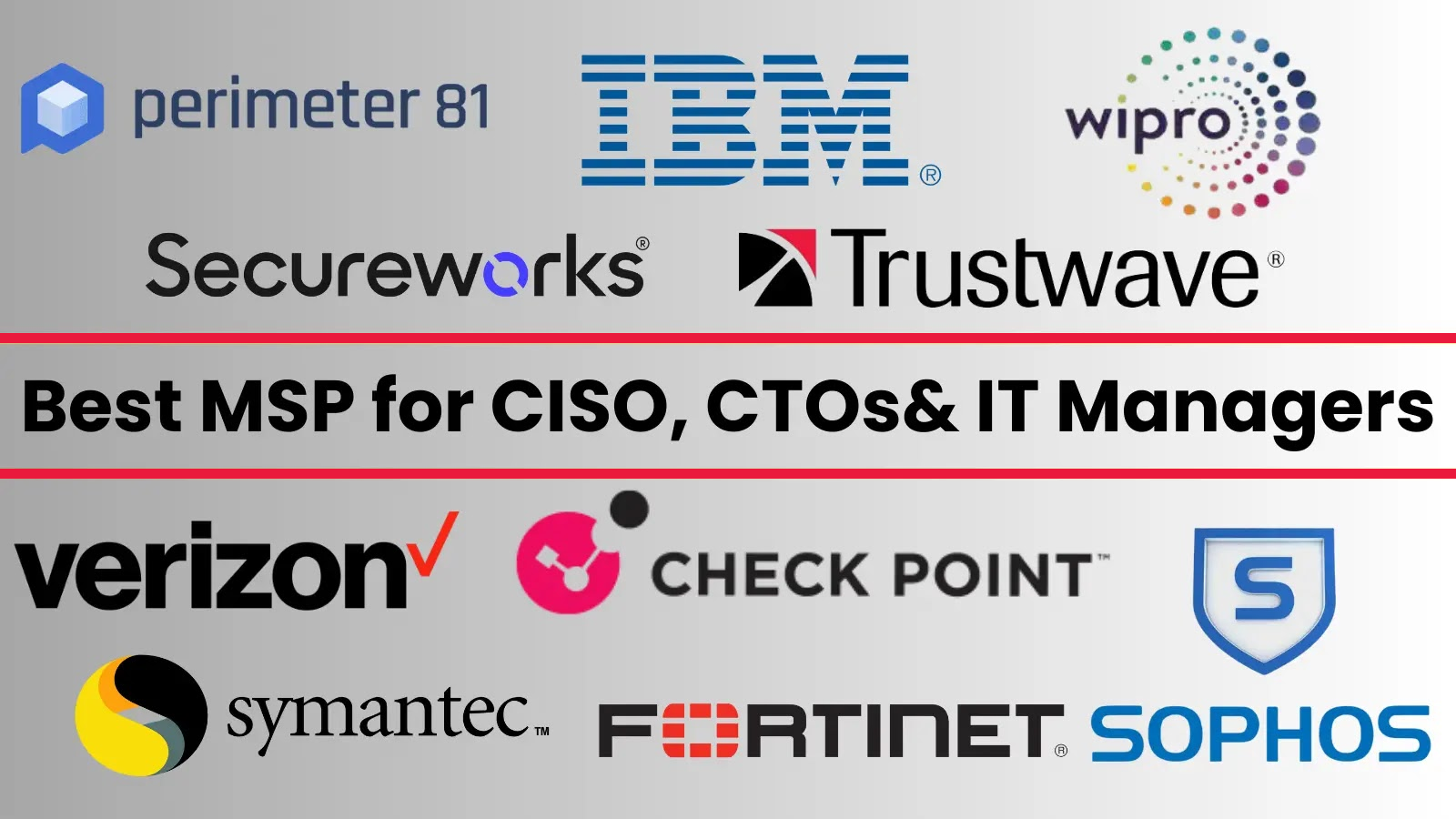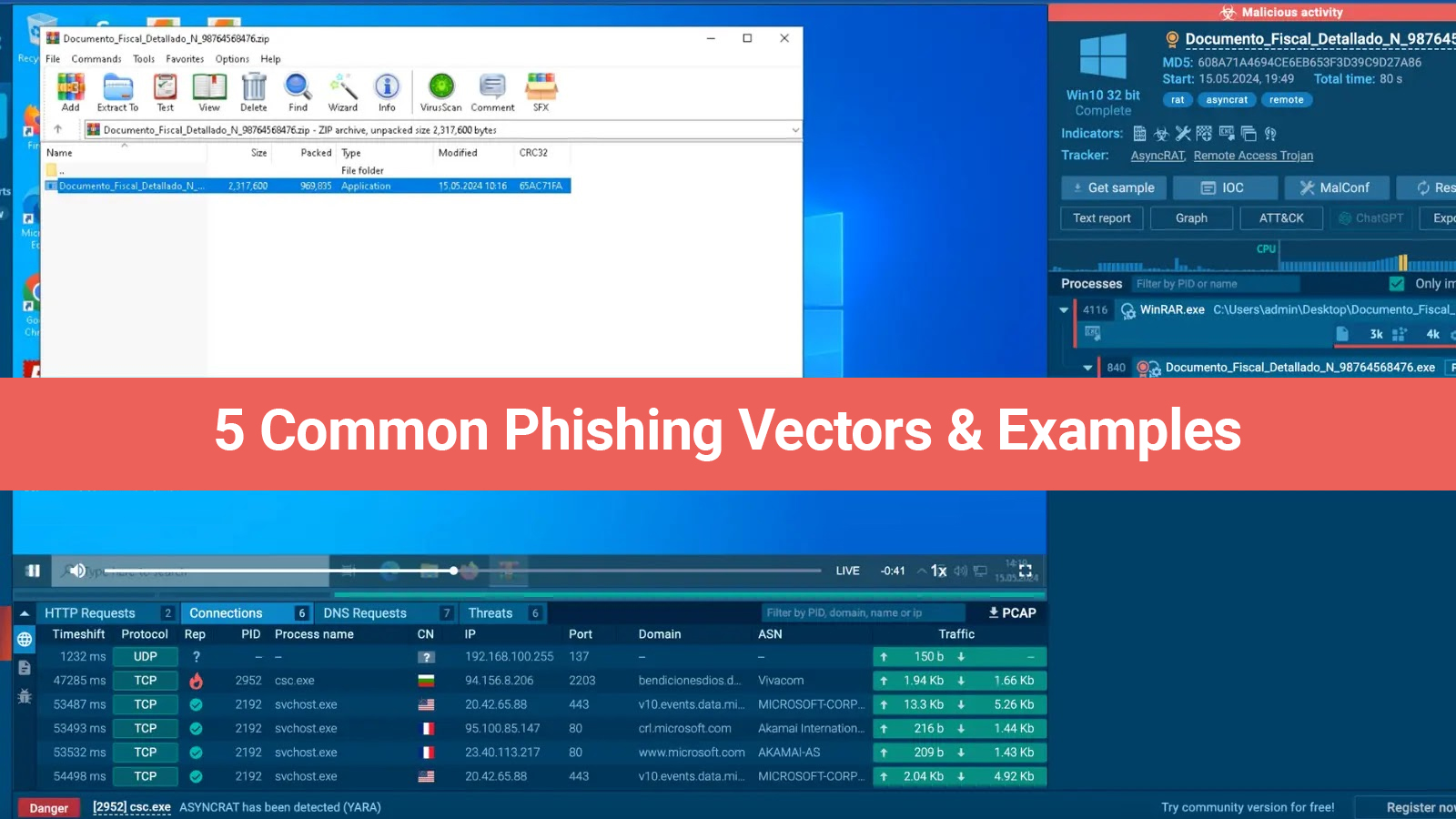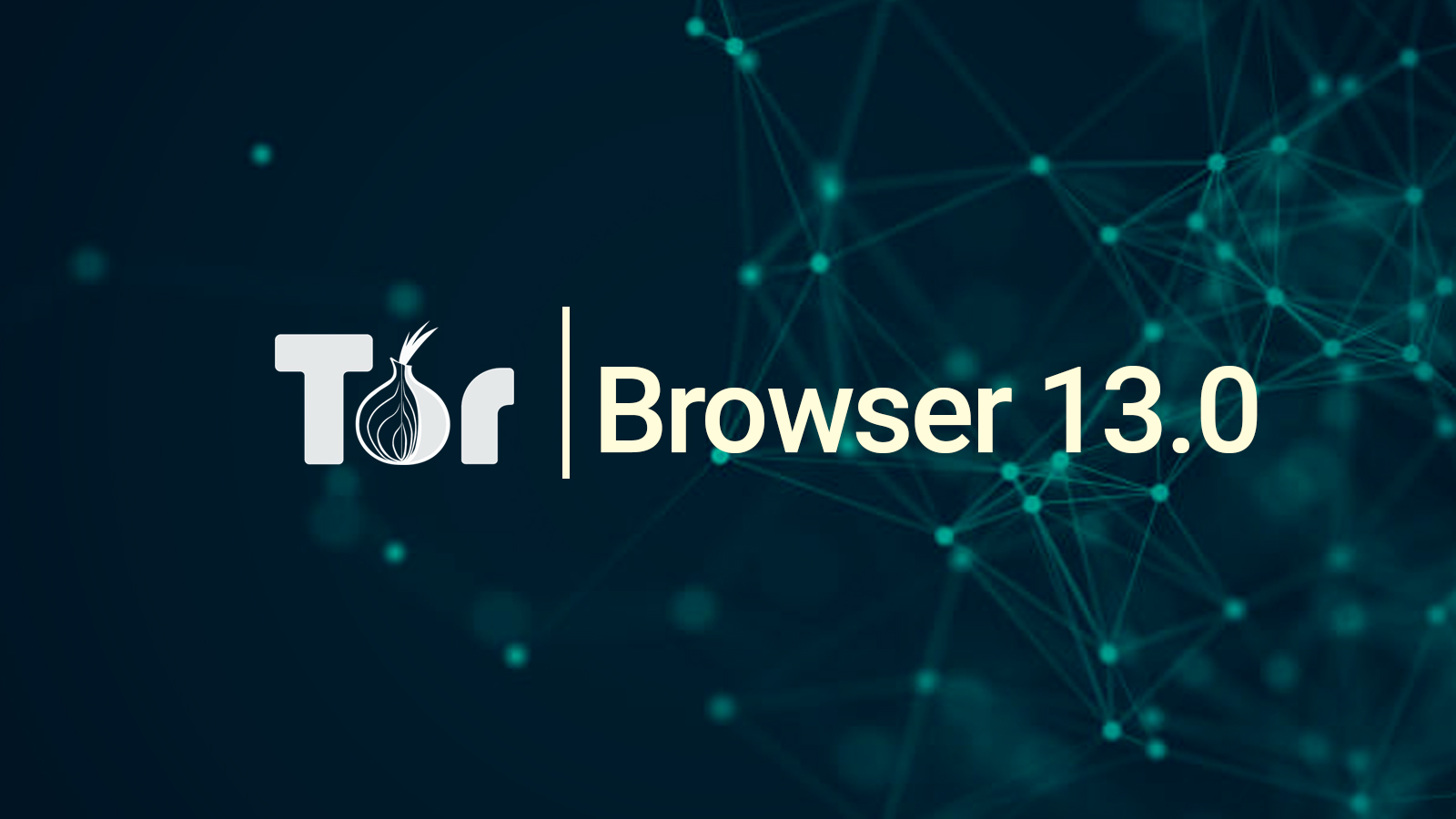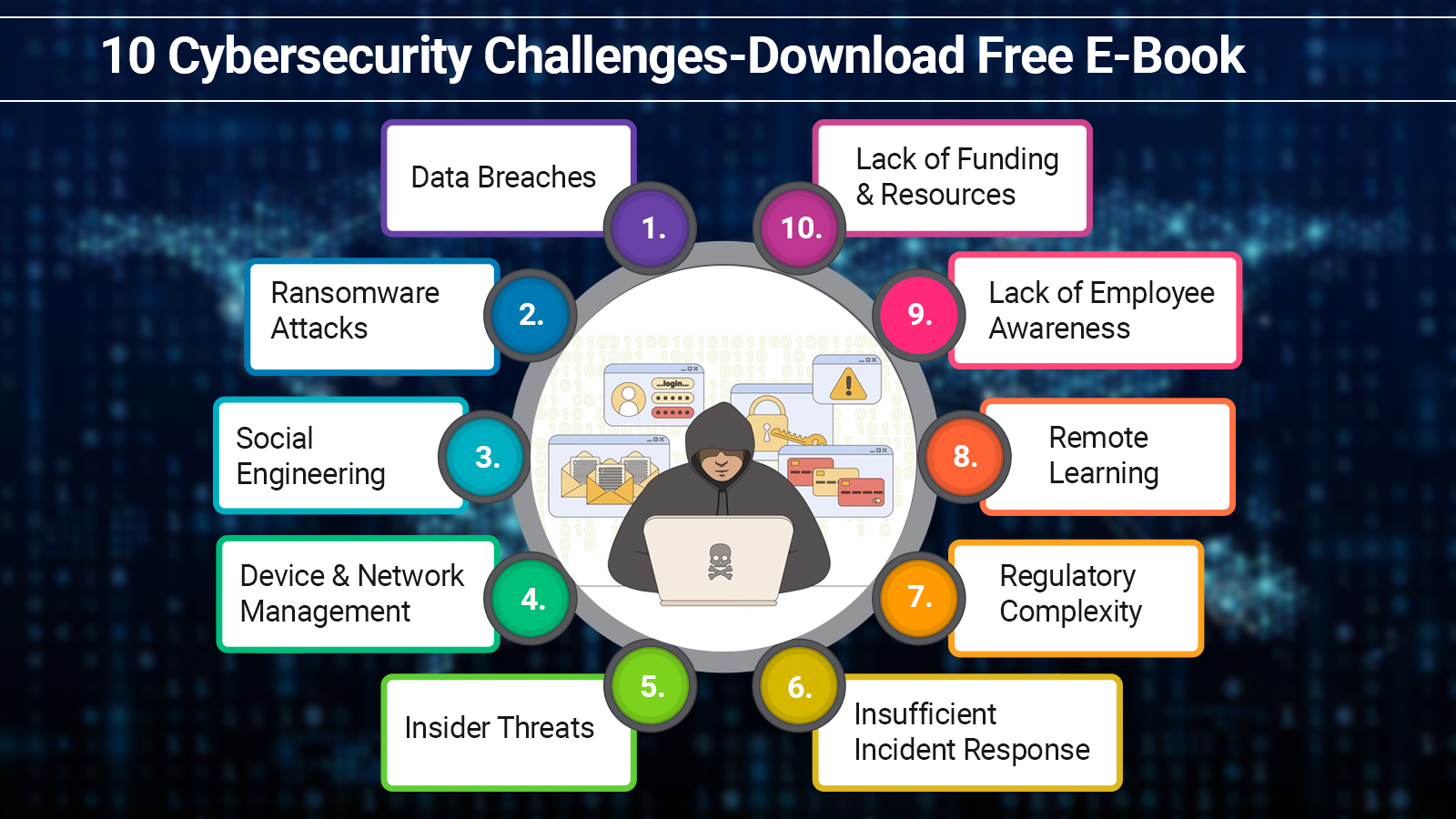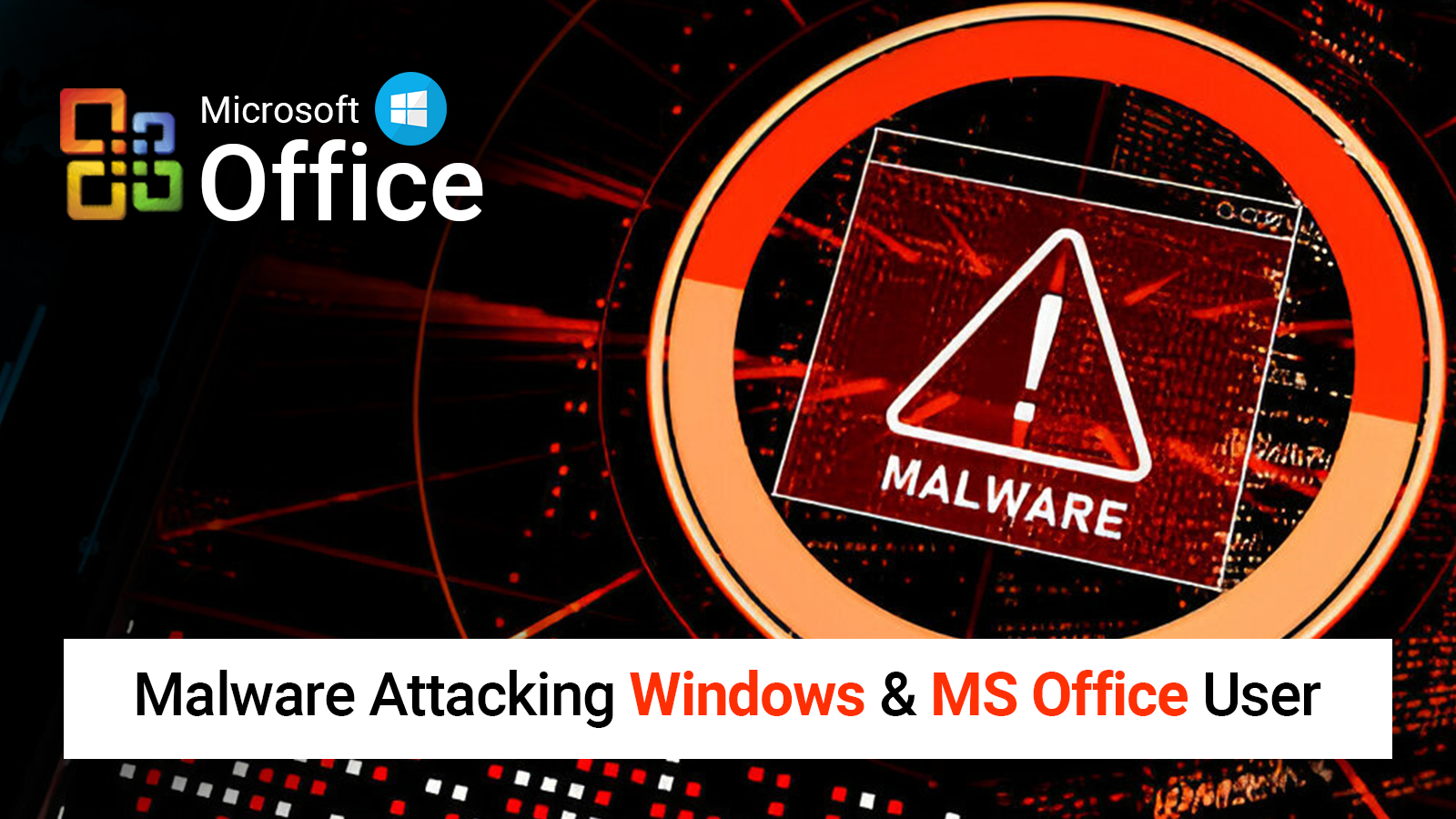So, you want to know what vulnerability tools are best in the market and which one should you use for your security testing. This is exactly what we are going to find out in this article. Today world is networking and networking is going online. With this advent, new opportunities are rising up and thus as the game goes new threats are also rising with them. Information technology is a monster of an Industry and it is growing every day more and more. And, as it is growing it is also alluring more and more risks and dangers towards itself every day.
To counter these threats there is a constant race in the industry to develop security tools and mechanisms. This is where tools like Vulnerability tools come into play. Vulnerability tools are the tools used to check the vulnerabilities in the system. The small holes and gaps in security, which are hard or in some cases impossible to find otherwise can be easily detected with vulnerability tools.
What are vulnerability tools?
Vulnerability tools are used in penetration testing. Vulnerability Assessment and Penetration Testing (VAPT) is used in the systems to find out security risks. The vulnerability tools are designed in such a way that they will find and penetrate the system like any other outside hacking attack. The tools come in various coding patterns and variations for different systems, different tools can be more useful. These tools also have specific niches and can be used for specific testing operations. Some tools are specifically good for code error vulnerabilities and others can locate system weaknesses during the execution of a program or function.
Why penetration tests are important?
1. PCI-DSS regulations: There are mandatory regulations for online transactions which is basic for today’s businesses. These tests are to be performed to ensure card payment vulnerabilities that can occur during transactions. The tests are to be devised over the annual durations.
2. To protect accounting records and revenue outcomes: Accounting records are at the biggest risk of attack as they can affect the revenue of the company adversely. Not only that, it also harms the confidentiality and trust of the organization. Which will be next to impossible to recover once damaged. Penetration tests help to find out how much effort and time it may take to get into account data of an organization and how can you rectify the loopholes or make it as secure as possible.
3. Testing and validating the security: To check the strength and verification of an organization, vulnerability penetration can act as the validating authority. It gives you surety and assurance in your security measures and strength.
4. Act as the practical experience giver: The penetration tests also give you a real-world attack simulation. Thus keeping your team ready and well-prepared for such attacks and scenarios.
5. Gateway testing filter: Any testing of the new technology ensures that it is ready for real-world usage and functioning. This is where vulnerable tools penetration testing is crucial. The testing gives you a clear image of where the product stands before you can send it off the market or for organizational usage.
These are the Top vulnerability tools for penetration testing:
- OpenVAS Vulnerability Scanner
- Tripwire IP360
- Intruder vulnerability scanner
- Comodo HackerProof
- Nexpose community
- Vulnerability Manager Plus
- Nikto
- Wireshark
- Aircrack-ng
- Retina network security scanner
1. Vulnerability Manager Plus
Vulnerability Manager Plus operates on different operating systems. The main feature of Vulnerability Manager Plus is that it can rectify the vulnerabilities on its own as it has an inbuilt tuning and rectification program. The vulnerability tool gives end-to-end management. This tool is best if you have a decentralized working system. This tool can test the systems on endpoints even if the systems are remote far away location the tool provides continual visibility and remedies to ongoing issues. The tool does an assessment thoroughly and constantly over a period of time. Vulnerability Manager Plus is also good for DMZ networking.
Trademark Attributes:
- Supports all platforms like Windows, Mac, and Linux
- End-to-end point management
- Works well for remote location operations
- Have an inbuilt remedy programming.
- Provides continues visibility
- Plenty of user-friendly features
2. Tripwire IP360
Tripwire is an agent-based monitoring system. The tool works well over different and mixed networking ecosystems. This tool is used mostly for cloud-based or closed environments. With the update in the tool with Tripwire IP 360 9.0 version, the tool now gives agent-based vulnerability management. The tool prioritizes the threat based on the vulnerability and danger factors of the organizations. However,
the tool does not give a total agent-based approach. The scans that the tool does still follow the agentless tool pattern.
Trademark Attributes:
- Is an agent-based monitoring system
- Takes a prioritized-based vulnerability approach.
- The scans are based on agentless patterns.
- Works in a hybrid networking environment
- Tool is used for a closed cloud-based environment
3. Intruder Vulnerability Scanner
Intruder vulnerability scanner is another monitoring-based Scanner. The Scanner looks for the parameters in the system to detect any deviations. Performs automated scanning with point-to-point penetration testing. Also notifies the change in any parameter if it happens. The scanner gives a scan report while the scan is happening in the system. Also, the response is immediate or without much delay in most cases. It prioritizes the action based on the requirements of the system at the time.
Trademark Attributes:
- Integrations with AWS, Slack, Jira, zure, and Google cloud.
- Continuous attack surface monitoring combined with reduction makes it a good vulnerability factor deduction scanner.
- Comes with automated cloud security.
- One of the most easily accessible user interfaces.
4.Comodo hakerproof:
HackerProof has a regular scanning engine that does a thorough and deep analysis of any vulnerabilities in the system. The scan happens on a daily basis. It mainly scans the new generation websites for vulnerabilities. The engine is really powerful and does scans for even the most hidden loopholes in the system. The scanner mostly prevents drive-by attacks on the server network.
Trademark Attributes:
- Comes with a powerful scanning engine.
- Does daily scans to keep security updated
- Shows indicators to ensure the safety to the owner
- Search website vulnerabilities with clear and fast analysis
- Scan the most hidden vulnerabilities.
5. Nessus Vulnerability Scanner
Nessus vulnerability Scanner tool can be your lifesaver if your organization is prone to malware attacks. Nessus has a proactive security mechanism that locates malware and software-related problems in the system. Not only that, if your system is suffering from adware spam, Nessus scanner will get rid of that too. Moreover, the scanner comes with an inbuilt patching code. Can be used for almost every network device even the physical devices. The scanner is also good for cloud storage systems.
Trademark Attributes:
- Can do patching on small-scale flaws.
- Mainly good for malware and software issues
- Large enterprises with cloud storage can get great benefits.
- Removal of malware can be done with ease.
- Work over every networking device.
- It has scalability for large scale enterprises and function with integration capabilities.
6. Nexpose Community
Developed by the Rapid7 Nexpose community is a flexible tool for almost every kind of networking model. This is an open-source tool. Its main feature is to scan the device the moment it detects it is linking to the network or system. The core advantage of this tool over other tools is that it can analyze the threat extensions and working methods to counter it. The tool is designed to rate threat levels in from a number system, so it can deal with the threats according to the higher value a threat obtains.
Trademark Attributes:
- Tool is highly versatile in its approach
- Can do real-time scanning of the devices at the time they enter the network
- Designed to rate threats from base 0 to 1000
- Open source vulnerability tool with one year of free use.
7. Nikto community
Nikto is also an open-source code vulnerability scanner tool. The tool comes with complete http proxy and IPv6 support. Nikto mostly performs the scans on the web servers to identify any anomalies like malware and other issues. It can scan all the protocols on the server that the network is using at the time. Nikto can scan different ports at the same time to look for the issues on different ports if not on the protocols.
Trademark Attributes:
- Deals with web protocols like https.
- Can detect malware on the server.
- Also scans ports for vulnerabilities.
- Also an open-source tool.
8. Retina Network Security Scanner
Retina network security Scanner is another scanner based vulnerability tool that can do patching, but this tool is also proficient in configuration tuning. The tool shows reports of analysis after the scan and can do real-time reporting of threats. This tool is more like an all-in-one scanner as it can handle different wore environments without any problem. Can analyze server plus web applications.
Trademark Attributes:
- Can handle multiple platforms and also supports cross platform integration.
- Can perform quick scans on large databases.
- Can come in handy for IT security teams and system administrators.
- Complete compatibility for venter integration.
9. Wireshark
Wireshark is designed to access and scan network transactions and traffic overloading. Some of the features of Wireshark are GUI-interfaced data surfing and filters for projecting display. Wireshark has a there pane packet browser for data surfing and collection. The tool can do VoiP a decryption conversion in protocols. The tool has decryption keys for protocols like SSL and TLS.
- Tool has decryption properties for protocols.
- Can be used for GUI-interfaced data surfing.
- Used by Government agencies for decryption purposes.
- One of the most powerful vulnerability tools for network stability.
- Can scan network transactions.
10. Aircrack-ng
A robust package of free and open-source network tools called Aircrack-ng is used to evaluate the security of wireless networks. It has tools for assessing network security, executing dictionary and brute-force attacks on WEP and WPA/WPA2-PSK, and collecting packets. Network security testing as well as ethical hacking make extensive use of Aircrack-ng.
Trademark Attributes
- Helps IT departments to take care of WiFi network security.
- Used in network audits and offers WiFi security and control.
- Works as among the best WiFi hacking apps with drivers & cards, and replay attacks.
- Takes care of the lost keys by capturing the data packets.
- Supporting OS includes NetBSD, Windows, OS X, Linux, and Solaris.
Wrapping It Up
The tools for vulnerability scanning assist in proactively finding and fixing issues. You can create weekly vulnerability analysis reports using automatic scanning methods, and you can compare the outcomes to learn more. Our expert tests the aforementioned vulnerability scanning tools, and depending on their performance, they are listed here.
Nevertheless, there are certain disadvantages to vulnerability scanners. The most significant ones are the potential for false positives and the dynamic nature of threat landscapes. Even so, as threats evolve with time, these technologies are developing at a rapid pace, adding new features and threat intelligence to further increase their accuracy.
In summary, vulnerability scanner programs do much more for businesses than identify vulnerabilities; they help them fortify their digital defenses, reduce risk, and safeguard information. By incorporating these technologies into their cybersecurity strategy, businesses minimize the chance of being attacked and lay the foundation for a resilient digital future.

